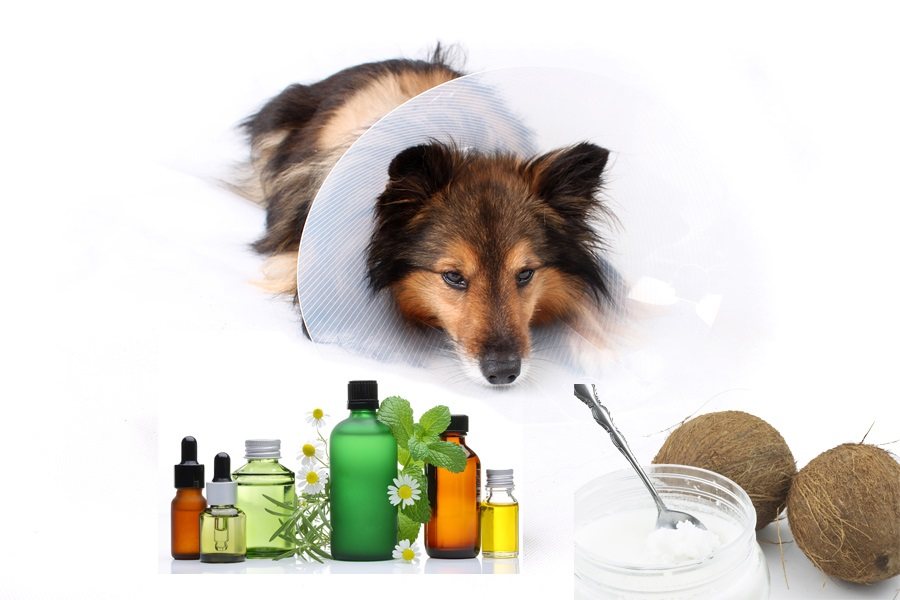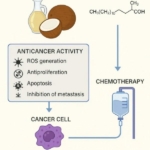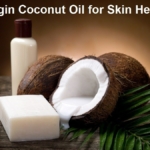
by John P. Thomas
Health Impact News
Does your dog suffer from itching skin? Would you like to help your pet with natural therapies?
One of the most common problems that dogs experience is pruritus or itchy skin. In a study published in April, 2014, veterinary researchers confirmed that essential oils could be successfully used to resolve one of the common causes of itchy skin in dogs.
Pruritus is the medical term used to define a dog’s sensation to itch, or the sensation that provokes its desire to scratch, rub, chew, or lick its hair and skin. Pruritus is also an indicator of inflamed skin. Intense scratching can eventually lead to partial or full hair loss.[1]
Causes of Itching and Scratching
There can be many causes for itching and scratching. These include external parasites such as “fleas, Cheyletiella, scabies, Demodex, lice or poultry mites”[2] and fungal/yeast growth on the skin. The diagnostic services of a veterinarian are helpful for determining the exact cause of the itching. Different causes will require different treatments. You can learn more about the causes of itching by using the resource links at the end of this article.
Pruritus is most commonly found in dogs, but can sometimes be present in cats. The skin in certain areas can become red, inflamed, and infected. This situation can make pet quite miserable.
Malassezia Dermatitis is One of the Common Causes of Itchy Skin
I will be discussing the exciting findings of a new research study published in France, which used a blend of essential oils to eliminate the itching that is caused by Malassezia dermatitis. Malassezia dermatitis is a reaction to a specific fungus/yeast called Malassezia, which is normally present on the skin of dogs. Under certain conditions the population of Malassezia can either become too great, which causes the itching, or the dog develops an immune system reaction, which causes the itching and scratching.
Description of the Disease
Malassezia dermatitis can occur in dogs of any breed, age, or sex. It is more common in West Highland white terrier, dachshund, English setter, basset hound, American cocker spaniel, Shih Tzu, springer spaniel, and German shepherd.
The itching from the yeast causes a dog to scratch and chew at his skin. In some cases, the reaction is so intense that the condition may be misdiagnosed as a neurologic or behavior problem.
The disease may increase during the summer months, but it can occur at any time of year, especially in warmer climates. The association between Malassezia dermatitis and the summer months correlates with the allergy season and higher humidity. The most common clinical sign of Malassezia dermatitis is moderate to intense pruritus [itchy inflamed skin], which may be only partially responsive to corticosteroids and antibiotics. Affected animals typically have an offensive odor, which some clinicians refer to as yeasty or rancid.[3]
Malassezia dermatitis can cover large areas of the dog or can be limited to specific areas. Common locations for Malassezia dermatitis are the ears, between the toes, in the nail fold, on the underside of the neck, the outer side of the thigh, the hollow of the legs where the legs join the body, the perianal region around the anus, and in areas where skin rubs against skin.[4]
Research Using Essential Oils to Treat Malassezia Dermatitis
The results of research [5] published in April, 2014, in the Journal of Medical Mycology demonstrated the benefits of using essential oils for treating Malassezia dermatitis. The researchers treated 20 dogs with dermatitis caused by Malassezia pachydermatis. They used a blend of essential oils containing bitter orange (Citrus aurantium) 1%, lavender (Lavandula officinalis) 1%, oregano (Origanum vulgare) 0.5%, marjoram (Origanum majorana) 0.5%, peppermint (Mentha piperita) 0.5% and Helichrysum (Helichrysum italicum var. italicum) 0.5%. These essential oils were mixed into a base of sweet almond oil and coconut oil.
This mixture of oils was topically applied to twenty animals twice daily for 1 month. Another group of ten animals was treated with a conventional therapy based on ketoconazole given at a rate of 10mg/kg per day and 2% chlorhexidine given twice a week for 3 weeks. At the end of the treatment periods, researchers found that both groups of animals had significant improvements in their clinical status without adverse effects. They conducted follow-up visits 6 months later to observe whether there was a recurrence of the original disease condition, and found that both groups retained their clinical improvements.
The overall minimum inhibitory concentrations (MIC) when used on the fungus/yeast of the skin was 0.3%. O. vulgare showed the lowest minimum inhibitory concentrations (MIC), being active at 0.8%, followed by M. piperita (1%), O. majorana (1.3%), C. aurantium (2%) and L. officinalis (4%) while H. italicum [Helichrysum] did not yield any antimycotic effect up to 10%. Active major compounds were thymol, carvacrol, p-cymene, 1,8-cineol, limonene and menthol.[6]
Conclusion
The researchers concluded that the phytotheraputic treatment using essential oils achieved a good clinical outcome. They did not observe any recurrence of the original skin disorders after 180 days. The essential oil blend that they tested was a safe and natural solution to a common problem, which offered an important alternative to conventional pharmaceutical treatments.
In the video above Dr. Karen Becker discusses the importance of coconut oil for your pet. Coconut oil is a terrific moisturizer for animals with skin allergies, dry and flaky skin, cuts, sores, thin coats, dry noses and other skin problems.
Read the full article here: http://healthimpactnews.com/2014/study-essential-oils-and-coconut-oil-effective-for-skin-disorders-on-dogs/
Resources
[1] “Itchiness, Desire to Scratch, Chew or Lick Causing Inflamed Skin in Dogs,” Retrieved 4/29/14 from petmd.com. http://www.petmd.com/dog/conditions/skin/c_multi_pruritus
[2] “How to identify the pruritic dog,” Alice M. Jeromin, RPh, DVM, DACVD, DVM360 Magazine, 2/1/2002, retrieved 4/29/14. http://veterinarynews.dvm360.com/dvm/Dermatology/How-to-identify-the-pruritic-dog/ArticleLong/Article/detail/10305
[3] “How to diagnose and treat Malassezia dermatitis in dogs,” ADAM P. PATTERSON, DVM and LINDA A. FRANK, MS, DVM, Department of Small Animal Clinical Sciences, Veterinary Teaching Hospital, College of Veterinary Medicine, The University of Tennessee, Knoxville. (Note: it is sometimes necessary to activate Adobe Reader before using the following link in your browser to read the PDF of this article.) http://rottweilerhealth.org/pdfs/august_malasszia_paters_02.pdf
[4] IBID. (The anatomical language used to describe the locations where Malassezia dermatitis is often found was translated into common English for this article.)
[5] “Clinical and mycological evaluation of an herbal antifungal formulation in canine Malassezia dermatitis,” Nardoni S1, Mugnaini L2, Pistelli L3, Leonardi M3, Sanna V2, Perrucci S2, Pisseri F4, Mancianti F2., Journal of Medical Mycology, 4/17/2014, PMID: 24746728.
[6] Ibid.




 Research Continues to Show Virgin Coconut Oil's Effectiveness in Treating Cancer
Research Continues to Show Virgin Coconut Oil's Effectiveness in Treating Cancer Coconut Oil Continues to Benefit Alzheimer's Patients over Drugs as Studies Continue for Neurological Benefits
Coconut Oil Continues to Benefit Alzheimer's Patients over Drugs as Studies Continue for Neurological Benefits How the Simple High-Fat Low-Carb Ketogenic Diet Continues to Change People's Lives
How the Simple High-Fat Low-Carb Ketogenic Diet Continues to Change People's Lives New Studies Continue to Show that Coconut Oil is the Best Oil for Treating Skin Conditions and Maintaining Healthy Skin and Teeth
New Studies Continue to Show that Coconut Oil is the Best Oil for Treating Skin Conditions and Maintaining Healthy Skin and Teeth New Study Confirms Health Benefits of Coconut Oil and USDA False Claims Against It
New Study Confirms Health Benefits of Coconut Oil and USDA False Claims Against It